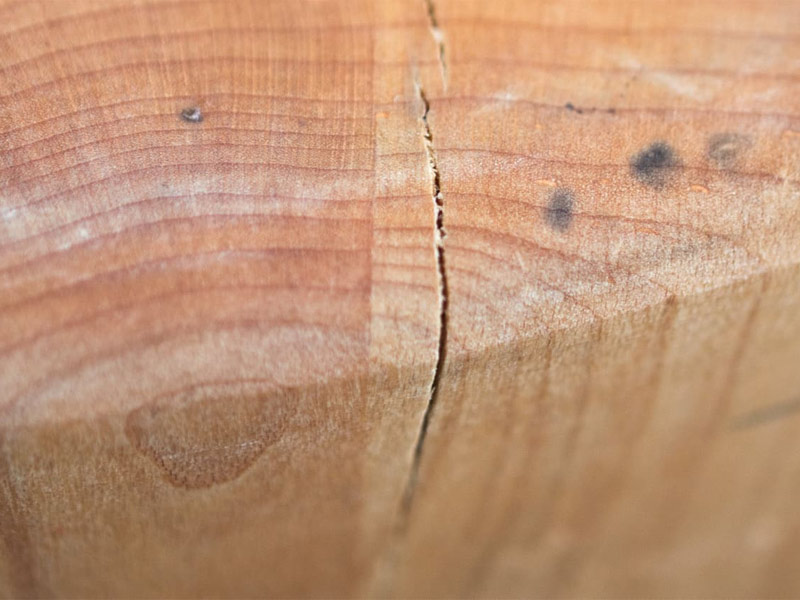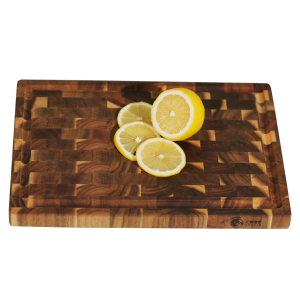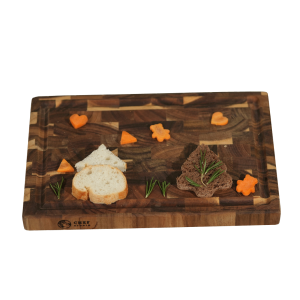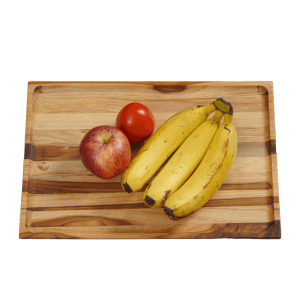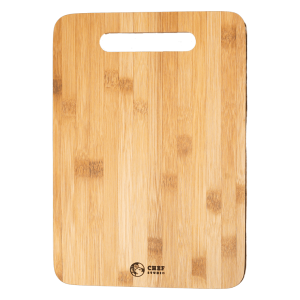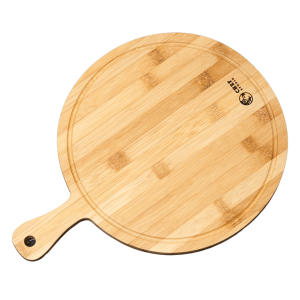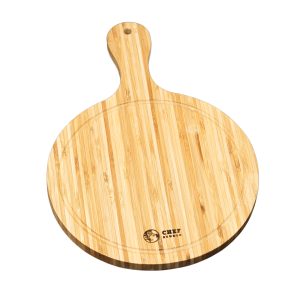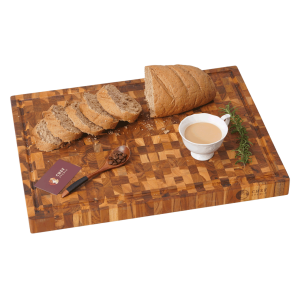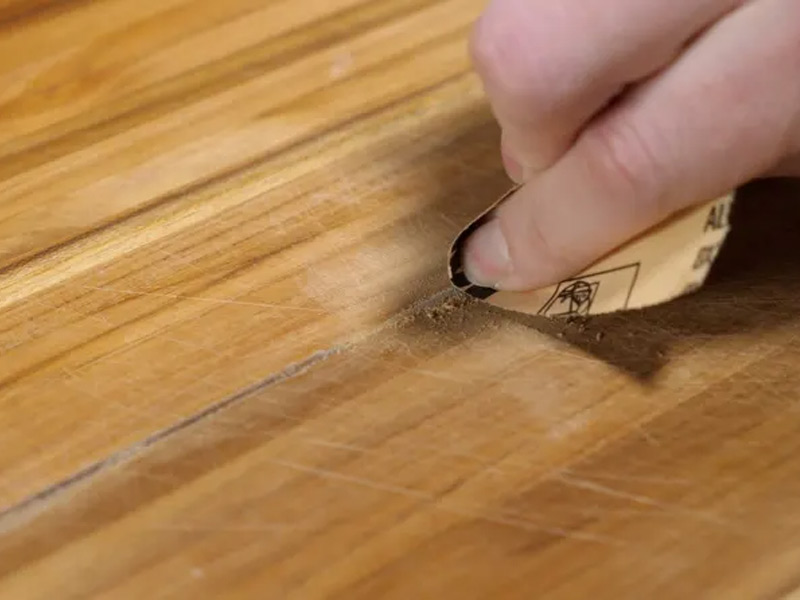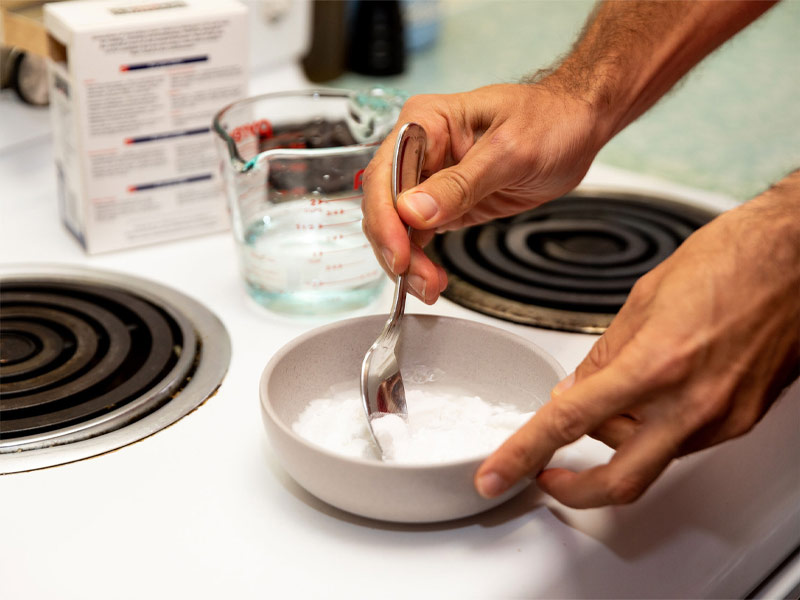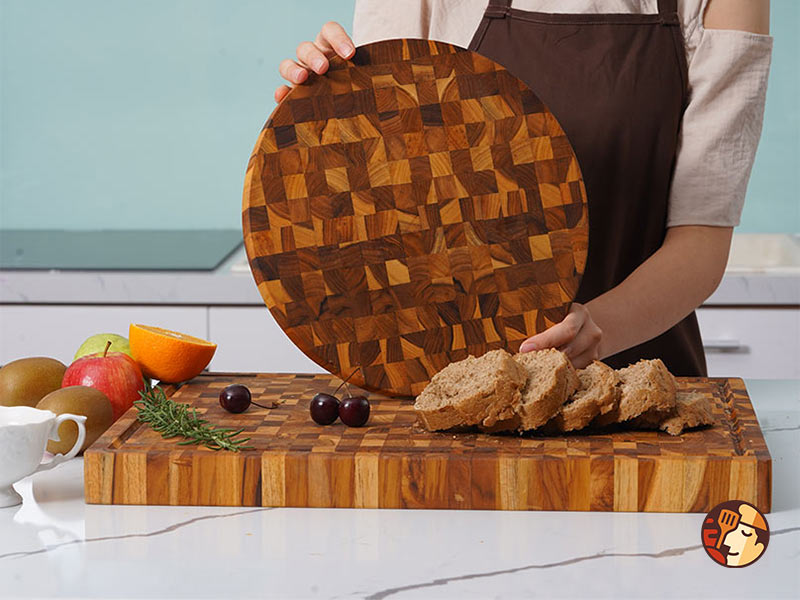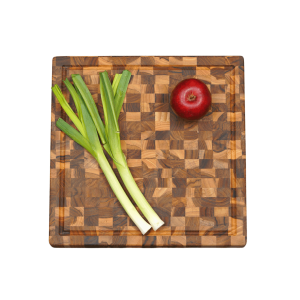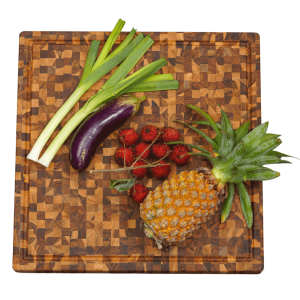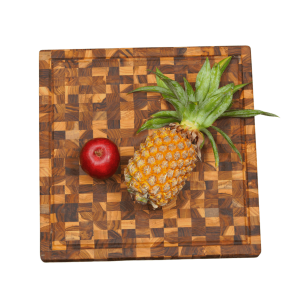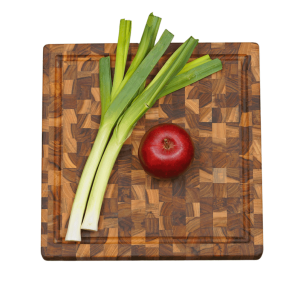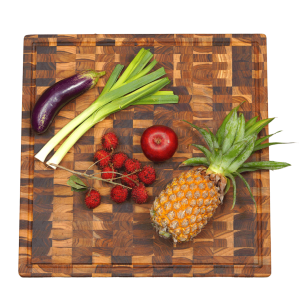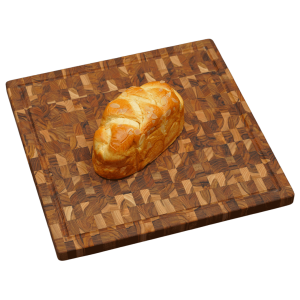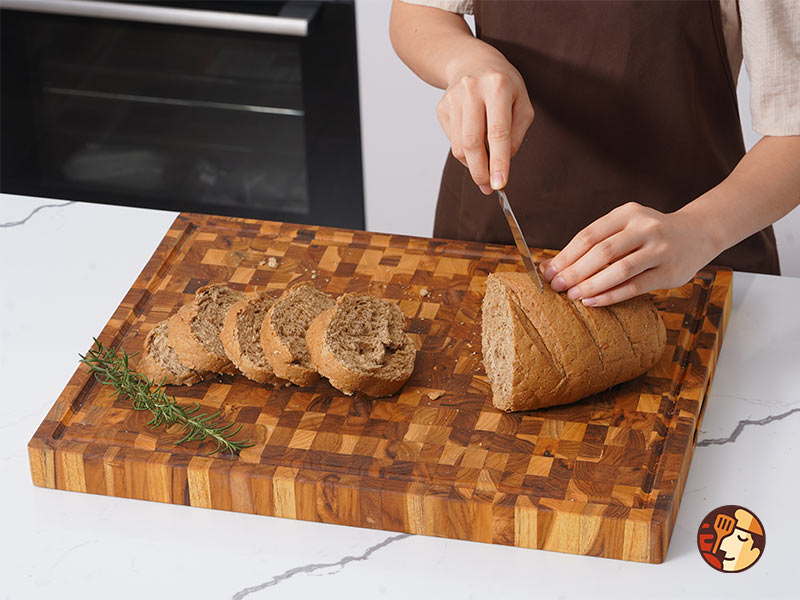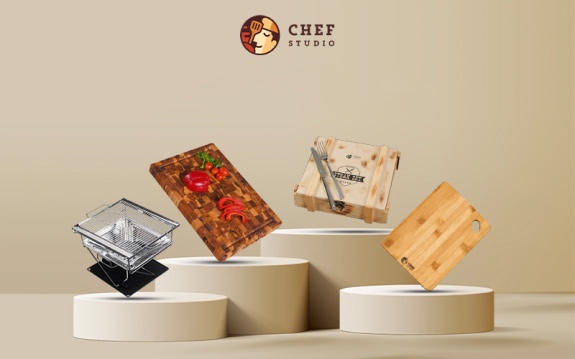5 ways how to fix wooden cutting board splinters
Splinters in a wooden cutting board can be frustrating and potentially hazardous, but they can be easily fixed with the right approach. Continue reading to find out how to prevent splinters in wood and the best way to fix wooden cutting board splinters.
The reason why wooden cutting board splintering
Wooden cutting board has splinters for several reasons, including:
- Age and Wear: Over time, the constant use of a cutting board can lead to wear and tear on the surface, causing it to splinter.
- Moisture Exposure: Wooden cutting boards are susceptible to damage from exposure to moisture, which can cause the wood fibers to swell and contract, leading to splintering.
- Improper Care: Failure to properly clean and maintain can contribute to wooden cutting board splinters. Using harsh cleaning chemicals or allowing the board to air dry without proper conditioning can weaken the wood and make it more prone to splinters.
- Extreme Temperatures: Exposure to extreme temperatures, such as placing a hot pan directly on the cutting board or leaving it in direct sunlight, can cause the wood to warp and crack, leading to splintering.
- Quality of Wood: The quality of the wood used to make the cutting board can also affect its durability. Lower-quality or improperly seasoned wood is more likely to splinter over time.
Read more: Top 5 best wooden cutting boards for meat for sale
How to remove splinters from cutting board?
Dealing with wooden cutting board splinters can be both frustrating and potentially hazardous. Fortunately, there are several effective methods how to fix wood splinters and restore your cutting board to its original smooth surface. Here are some techniques to help you tackle this common kitchen issue:
Inspect the cutting board
Start by carefully examining the cutting board to locate any splinters or rough areas that need attention. Run your fingers gently over the surface to identify any raised or protruding wood fibers.
Sandpaper method
- Use fine-grit sandpaper (around 220 grit) to sand down the splintered areas and smooth out rough spots on the cutting board’s surface.
- Sand along the direction of the wood grain to prevent further damage.
- Continue sanding until the wooden cutting board splinters are completely removed, and the surface feels smooth to the touch.
Vinegar solution
- Combine equal parts white vinegar and water in a bowl.
- Soak a clean cloth or sponge in the vinegar solution and wring out any excess liquid.
- Gently rub the affected area of the cutting board with a damp cloth or sponge, focusing on the splintered areas.
- The vinegar’s acidic properties can help soften the wood fibers, making it easier to remove the splinters.
Baking soda paste
- Combine baking soda and just a little water to make a thick paste.
- Apply the paste to the splintered areas of the cutting board, covering them completely.
- Allow the paste to sit for a few minutes to penetrate the wood fibers.
- Use a soft-bristled brush or sponge to scrub the paste into the wood, focusing on the splinters.
- Rinse the cutting board thoroughly with water to remove the paste residue.
Hydrogen peroxide solution
- Fill a spray bottle with equal parts hydrogen peroxide and water.
- Spray the solution onto the wooden cutting board splinters.
- Allow the solution to sit for a few minutes to disinfect and soften the wood fibers.
- Use a clean cloth or sponge to wipe away the softened splinters and any debris.
- Rinse the cutting board with water and dry it completely.
Apply mineral oil
- Once the splinters have been removed and the cutting board is clean and dry, apply a thin layer of food-grade mineral oil to the surface.
- Allow the oil to penetrate the wood and protect it from future splintering.
- Reapply mineral oil regularly to keep the cutting board well-conditioned and prevent drying and cracking.
By using these methods, you can effectively remove splinters from a cutting board and ensure a safe and smooth surface for all your food preparation needs. Remember to inspect your cutting board regularly and address any splinters promptly to maintain its quality and longevity.
How to prevent splinters in wood cutting boards?
Wooden cutting boards are not only functional but also add a touch of warmth to any kitchen. However, over time, they can develop splinters, which not only pose a risk of injury but also compromise the board’s integrity. To keep your wooden cutting board smooth and splinter-free, consider the following preventive measures:
Choose high-quality wood
The best way how to get rid of wood splinters is to start with a high-quality wooden cutting board made from durable hardwoods like maple, Teak wood, or walnut. These woods are less prone to splintering compared to softer varieties.
Teak cutting boards from Chef Studio are especially resistant to warping, cracking, and staining, and they have natural antimicrobial properties that inhibit bacterial growth. Additionally, teak wood contains natural oils that help maintain the board’s integrity and protect it from water damage.
Regular maintenance
Proper maintenance is key to preventing wooden cutting board splinters. Clean your cutting board promptly after each use with mild soap and warm water. Avoid soaking the board or exposing it to excessive moisture, as this can cause the wood to swell and crack.
Oil the board
Apply food-grade mineral oil or a specialized cutting board oil regularly to keep the wood hydrated and prevent drying and cracking. This helps maintain the board’s smooth surface and reduces the wooden cutting board splinters.
Avoid harsh cleaners
Steer clear of harsh chemicals and abrasive cleaners when washing your wooden cutting board. These can strip the wood of its natural oils and weaken its structure, making it more susceptible to splintering.
Rotate the board
To ensure even wear and tear, periodically rotate your cutting board and use both sides evenly. This prevents one area from becoming worn down and prone to splinters.
Use proper cutting techniques
Use a sharp knife when cutting on your wooden cutting board. Dull knives require more force, increasing the likelihood of wooden cutting board splinters. Also, avoid chopping or cutting with excessive force, as this can cause the wood fibers to fray and splinter.
Store properly
Store your wooden cutting board in a dry, well-ventilated area when not in use. Avoid storing it near heat sources or in direct sunlight, as prolonged exposure to extreme temperatures can cause the wood to warp and crack.
Sand and refinish
If you notice any rough spots or signs of wear on your cutting board, sand them down with fine-grit sandpaper and refinish the surface with mineral oil or cutting board oil to restore its smoothness and prevent splinters.
In conclusion, addressing splinters on a wooden cutting board is essential for maintaining its functionality and safety. By carefully sanding down the affected areas, applying mineral oil to moisturize the wood, and ensuring proper drying and storage, you can effectively repair and prevent wooden cutting board splinters.

